|
|
|
 |
The Menaz Fatima Montessor and Special Education Schools |  |
|
Learning is a lifelong adventure In all the places that I have traveled, more often than not I find myself in a school somewhere along the way. I was born to teach, and I have come to happily accept and enjoy this way of living. From my perspective a critical aspect of exploring a culture is seeing how they install their values in the next generation. A true comparison between the Pakistani school systems and our own is unfair; this is a third world country, where as we in the west are setting the standards for education, and the rest of the world is hanging on our coattails. Saying that I am very pleased with what I have seen and learned on this latest adventure. A decade ago our Another shocking realization I came to was the reality of teaching here. At the end of my first week in the country I was an honorary judge at a science fair in the aforementioned school in I understand these problems; they are related to a generation of educators that were taught under a British textbook system in the foreign language of English. Change is slow to take place and there is not the adequate amount of money allocated to schools, materials, or training. Thus everyone is too busy doing the best they can with what they have. A local public school in Gilgit I visited had some classes outdoors; the classes that did have roofs had as many as 47 students, seated on benches in rooms half the size of our schools. It is too hot in the afternoon to have classes, so schools finish by As you can imagine in such conditions the concept of field trips is mostly unknown. Teachers do not have the money or foresight to enhance the textbook experience beyond the wall of the classroom. Upon my return to The teaching environment here is primitive in comparison to the Snoozelin Room I visited at St. Catherine’s in Who doesn’t like to start the day with a boisterous game of ‘king stop’, or cricket? At The real action was at the Special Education Center. Classes were as many as eight students to one teacher and the range of student diagnosis was staggering. I was fortunate enough to attend a Special Olympic coaches’ clinic with some teachers on my first weekend and we then implemented some of the races and drills during my visits. The school has incredible facilities considering the norm here and they are struggling with the problem of increased overcrowding or turning away needy children. I was treated to a real learning experience here, the needs of these students range from daily physiotherapy, to structured lessons, to life skills, and all within an environment where they are given responsibility and treated with care and respect. To me the school will always be about one special boy, ‘Taz’. He has mental difficulties, almost fully blind and is the school’s behavioural problem, and I am sure that is not the full extent of his diagnosis. Medical facilities here are scarce as you may well imagine. But each day ‘Taz’ was also my personal guide and caretaker whilst I was on site. We spent an entire hour one day writing out the alphabet, singing it out for each letter, tracing it on his hand, looking for visual clues in the room and even finding the peg board letters to use as a guide for writing. He utterly failed his required provincial test, but we all celebrated the success of his efforts; it was the first time he had accomplished the task. The schools are toying with the idea of inclusive education between the two. I don’t really see how it will work, but most people couldn’t imagine things working as well as I see given their situation in general. Where there is a will there is a way. Isn’t that what we are teaching anyways? My situation was very unique; the school has only had two other foreign volunteers in its ten year history. They had no idea how to develop their curriculum and my appearance seemed to be a gift from God, or so I was continually told. I worked night and day to do my best for the schools to make the best of our situation. In return they treated me with a gracious respect and honour that I can’t put into words. I am going to miss this place. Any good teacher learns as much from an experience as the students, and this place will have a lasting impact on me in and out of the classroom. I have to finish with a thought that finally dawned on me the other day as I was walking to school. We have something wonderful and special in our schools in |
|
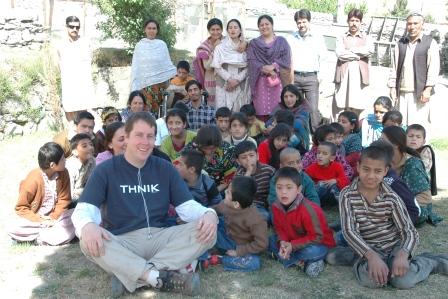
|
This is one of my favorite images This is my good friend Hal. I took this picture on his birthday. I think he likes to be in pictures. |
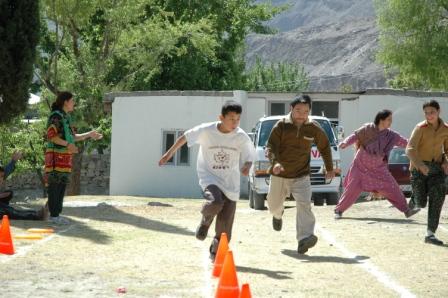
|
This is one of my favorite images
This is my good friend Hal. I took this picture on his birthday. I think he likes to be in pictures. |
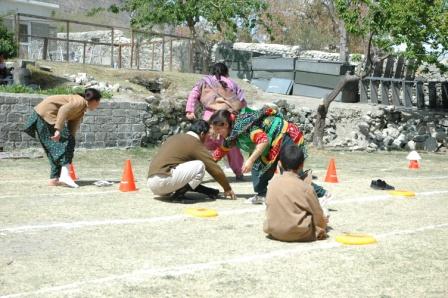
|
This is one of my favorite images This is my good friend Hal. I took this picture on his birthday. I think he likes to be in pictures. |
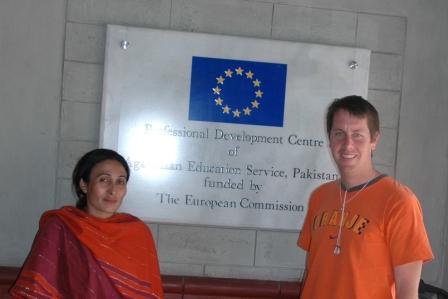
|
This is one of my favorite images This is my good friend Hal. I took this picture on his birthday. I think he likes to be in pictures. |
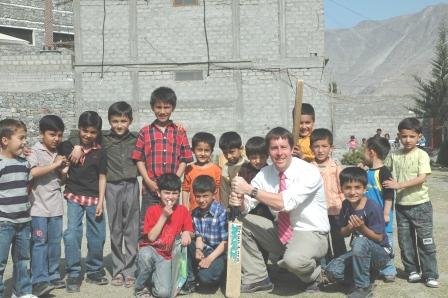
|
This is one of my favorite images This is my good friend Hal. I took this picture on his birthday. I think he likes to be in pictures. |
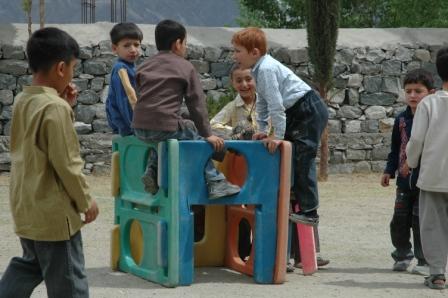
|
This is one of my favorite images This is my good friend Hal. I took this picture on his birthday. I think he likes to be in pictures. |
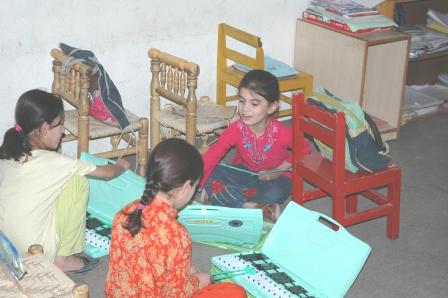
|
This is one of my favorite images This is my good friend Hal. I took this picture on his birthday. I think he likes to be in pictures. |